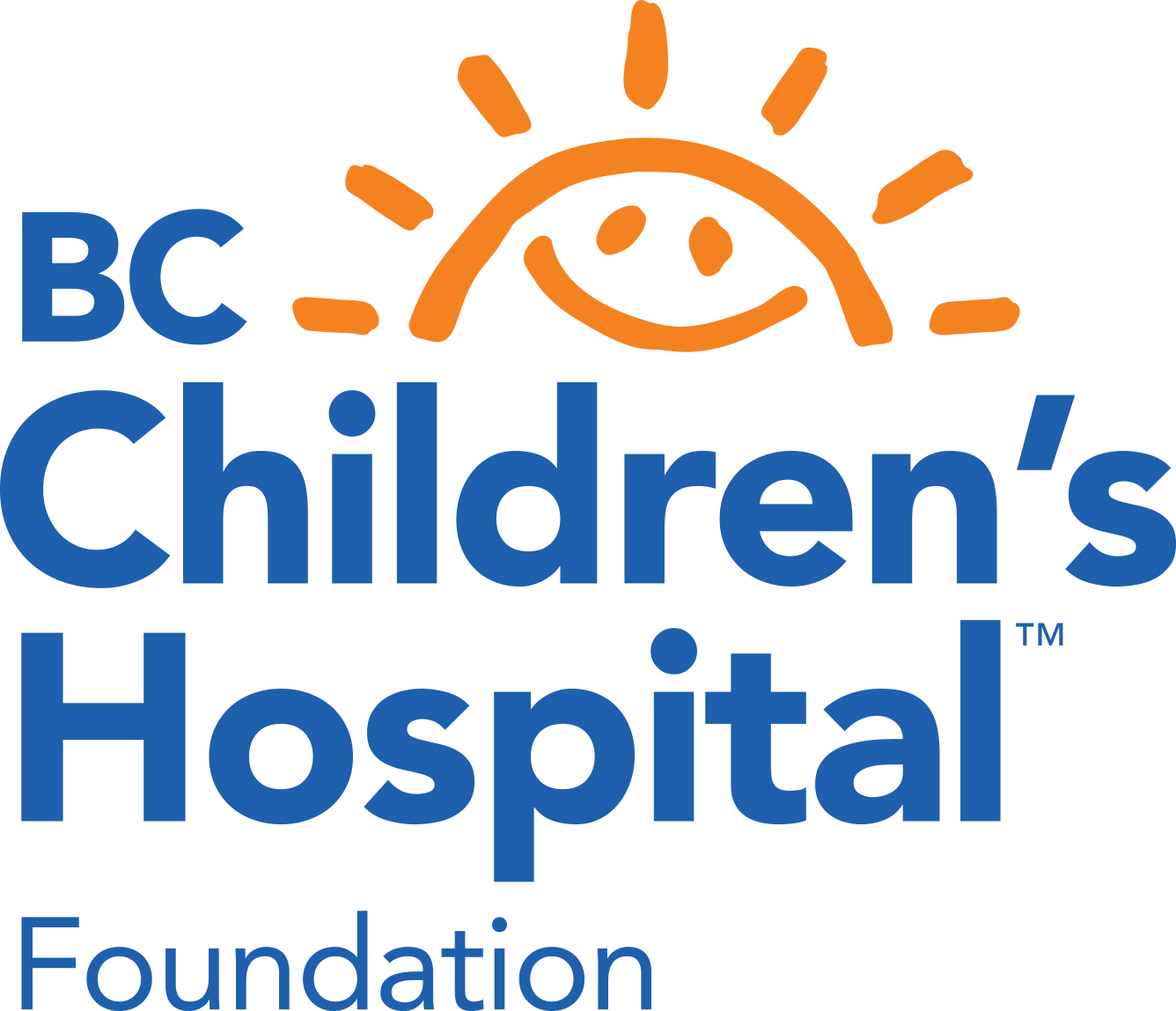This journey may take time and may need patience and persistence from parents and caregivers. Its important to manage your own emotions and expectations. This is a highly challenging skill for a parent or caregiver to develop in relation to their child’s self-harm. While everyone’s pathway is different, for most parents and caregivers, it will take extra support or professional help to be able to do this.
Some tips on how to support your child:
• If your child is willing and able to share, start by listening.
• Pay attention to any fear or worries that come up for you.
• Try to understand what feelings or stress may have led to the behaviour.
• Show respect and curiosity without judgment.
• Be careful not to offer or imply your own values or ideas about self-harm.
• Validate their feelings and help them feel safe.
• Talk to your child in a way that shows you understand and accept how they feel.
• Show that you care and want to help, within your own boundaries.
• If you are concerned about suicidal thoughts and risk of suicide you could say “I am not a professional, but I know how we could go about finding one”.
Harm Reduction
It’s normal to want your child to stop self-harming. Trying to stop self-harm can increase the problem, sometimes resulting in more frequent and more injurious self-harm. Taking away how they cope without helping them find new ways can make them more upset and lead to more self-harm.
Stopping self-harm this way can make them feel powerless, stressed, and less in control. It can hurt their self-esteem and make them depend more on others. If prevention limits their freedom, it can cause fights and more stress. This makes it harder to help them in the long run.
We need to find a balance that helps the young person as a whole and works to reduce self-harming. It’s important to understand why they self-harm and help them build skills to deal with those reasons.
What can be done about self-injury behaviours?
A harm reduction approach can help with reducing risk related to self-harm behaviour. This approach can reduce the risk and make it as safe as possible when self-harming does happen. This could include help to reduce the frequency or severity of injury or prevent the self-harm.
A good way to feel better is to have a healthy balance in life. This can include:
Any treatment must include an assessment of a person’s reasons and situations when someone self-harms, along with their level of motivation to change the behaviour. The following treatments may be helpful.
To improve mood and anxiety related self-harm:
Cognitive-Behavioural Therapy (CBT) teaches people how thoughts and behaviours affect their mood. It may help reduce the feelings that trigger self-harm and may also improve anxiety, depression, self-esteem, problem-solving skills and coping skills.
To improve emotional regulation and management of suicidal related behaviours in a crisis:
To manage interpersonal and relational issues and depressed mood:
To help those not fully motivated to change:
Managing the risk of self-harm at home
Managing the risk of self-harm at home is individual to the youth and their home environment. It’s about finding a balance that helps with the short-term goal of reducing acts of self-harm and the longer-term goal of recovering and overall mental health improvement. Overall open communication between a youth and parents or caregivers improves both short-term and longer-term outcomes.
Encourage your child to explore new, healthy ways to cope with their feelings. For example, help your child to:
• Understand what triggers self-harm and why this is a trigger. Be aware of steps or stages that lead to the triggering to help manage.
• Understand what the main reasons for self-harm may have been.
• Find ways to avoid triggers and to manage triggers when they arise. For example, help your child improve their own awareness (for example: write in a journal, reach out and talk with a trusted friend or adult, draw, paint, etc.).
• Deal with low mood or anxiety by practicing mood enhancing or anti-anxiety techniques that match their interests (for example: relaxation, distraction, physical activity, creative or social activities).
• Expect and understand that it will take time and motivation to learn new ways of managing.
How can I help my child or youth?
It’s natural to feel shocked, confused, guilty or even frustrated and angry when you find out that someone you love self-harms. While you try to deal with your own emotions, you may decide to seek help and support. It can be helpful for your child to see you do that.
Here are some ways to help yourself and someone who is self-harming:
• Learn more about self-harm.
• Avoid judgment, keep a balanced point of view.
• Focus on your child’s concerns or issues and less on the act of self-harm.
• Support and create opportunities for positive, healthy ways of coping.
• Don’t expect the self-harming to stop immediately as your child may feel that they have disappointed you further.
• Let your child know that you’re willing to listen, but don’t force them to talk.
• Encourage your child to seek professional help and assist them in getting those supports.
Tips for caregivers:
It’s important to take care of yourself, too. Do activities that help you to relax. It may help if you get support from a mental health professional or support group. Be realistic and set boundaries on your role as a parent and those of the professionals available to you.



